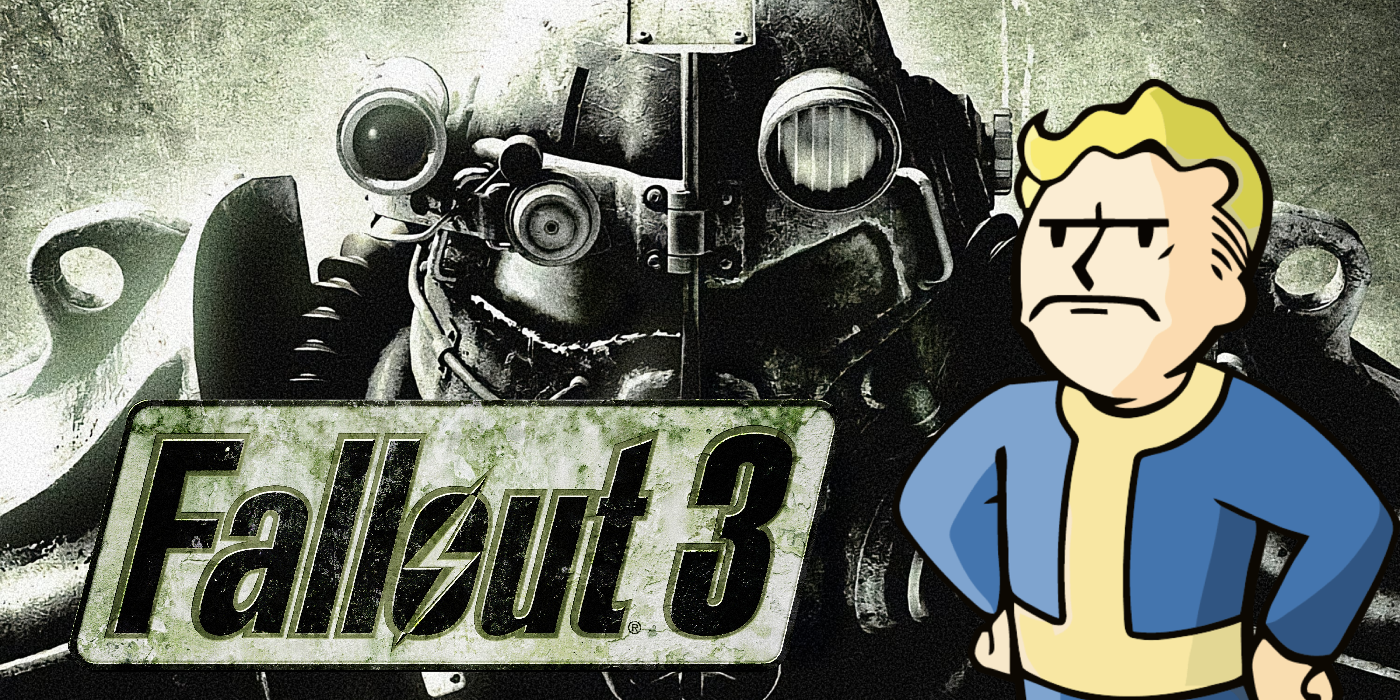Amazon has started production on its Fallout television series, which longtime devotees of the venerable video game franchise are scrutinizing already. Video game adaptations don’t exactly have a great track record in the live-action sphere, as the Resident Evil Netflix series attests. Any amount of hand-wringing about the upcoming adaptation make sense.
That said, it’s not like the Fallout game series is free of flops itself. Even the highly acclaimed Fallout 3 has its fair share of faults. Any replay will remind players about just how terrible the post-apocalypse can be, although not always in the ways the game's developers intended.
A Buggy Mess
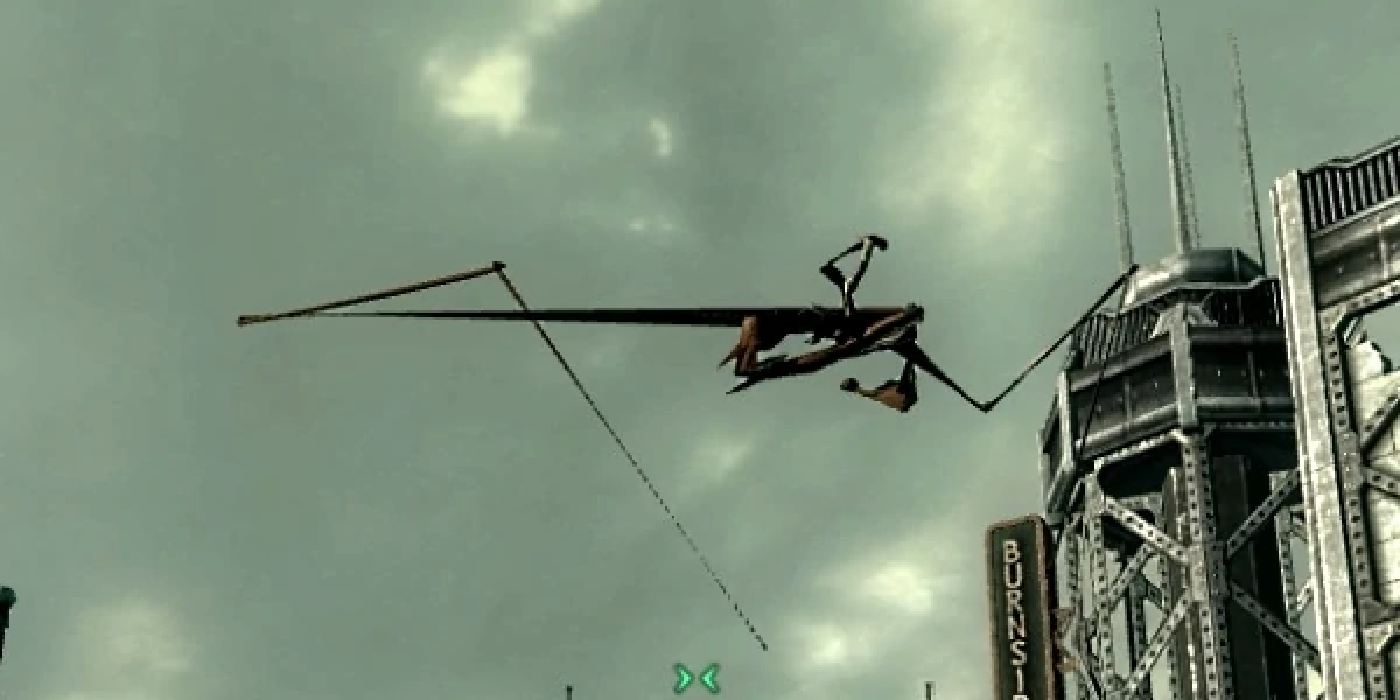
Bethesda’s reputation for complete spaghetti code arguably started with Fallout 3. While games like Oblivion and Morrowind certainly had their jank, they were not as massive and ambitious as Fallout 3 was at the time. Unfortunately, that meant a lot of stuff was left unfinished.
It wasn’t uncommon to see floating body parts fall through the world. Unsurprisingly, these bugs completely broke immersion. Quite hard to stay in character when one’s jaw has been transported in front of the player’s face. To this day, this remains one of the major sticking points with Bethesda’s massive roleplaying games.
Reliant On Mods For Quality Of Life Improvements
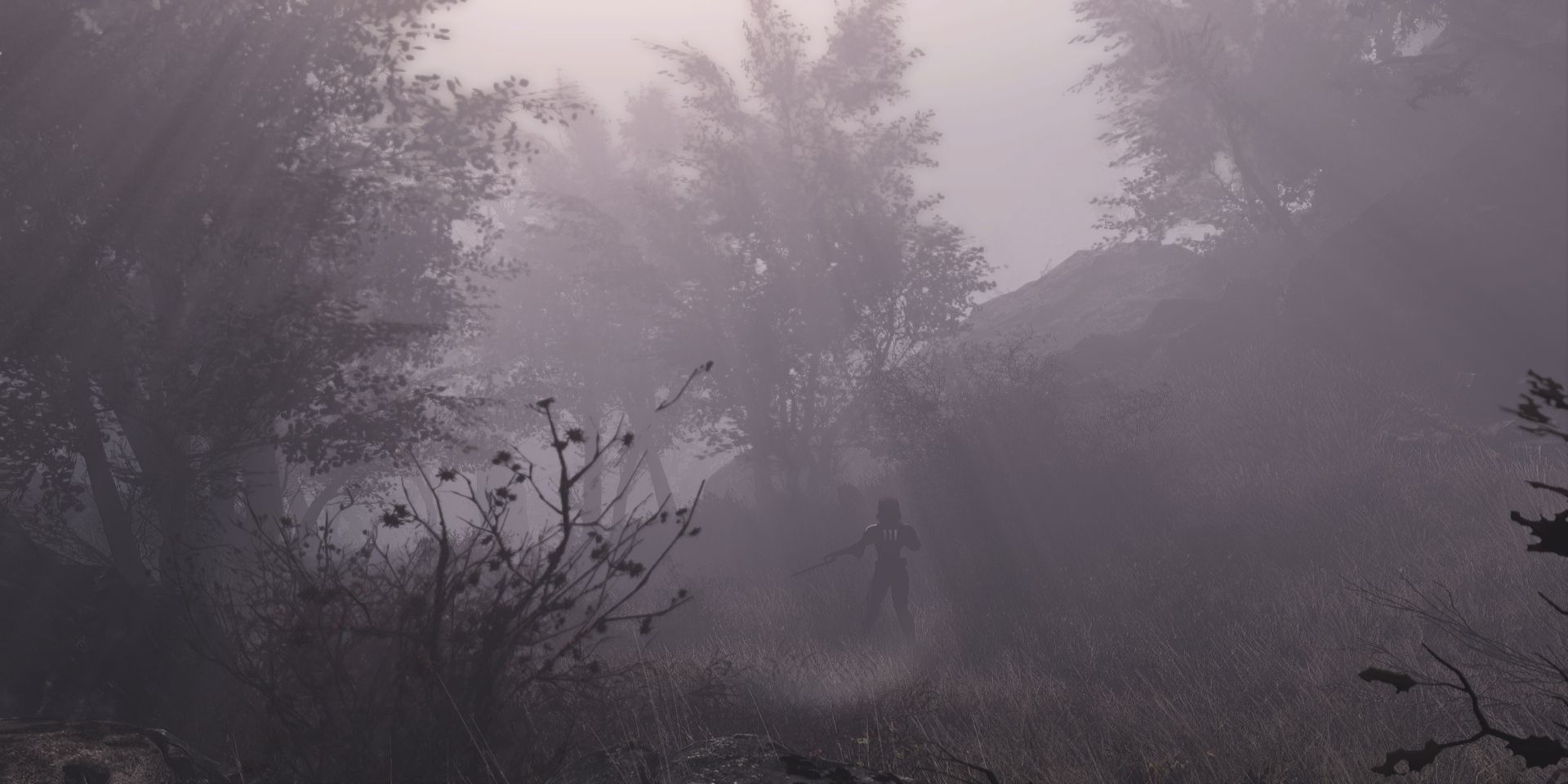
While Bethesda did do some light fixes here and there, they are incredibly inconsistent. In fact, the Steam version is lacking in a lot of these fixes, yet the GOG version mysteriously does. This leaves many players without a proper version of the FPS game to play without boatloads of annoyances.
Thankfully, the dedicated modding community did a lot of the work in patching up the game’s many shortcomings. While this is impressive, it does leave a bad taste in the mouth to expect fixes from the fans instead of the company. The actual devs should be given the time and compensation to fix it themselves.
Megaton is Doomed
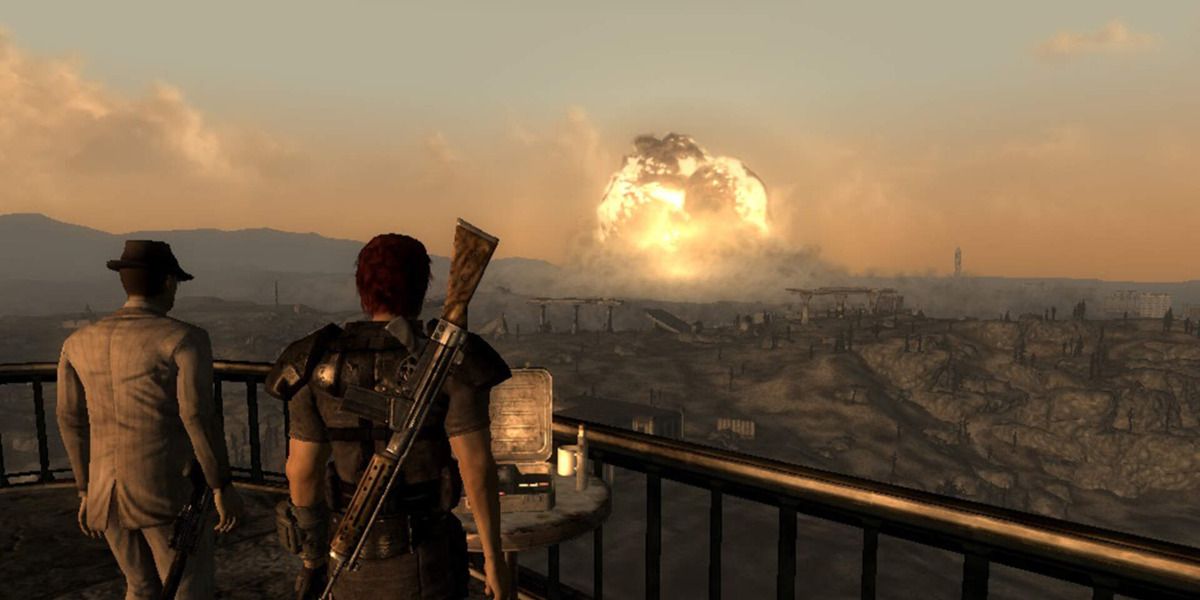
Yes, as it turns out, people building around an active nuke is a foolish idea, but that’s at least consistent in lore. However, Megaton is doomed to fail regardless of what the player does. For the psychotically evil playthroughs, Megaton is obviously bombed for an absurdly low reward, making it less a scary quest of morality and more cartoonishly evil.
For the morally good playthroughs, the water is purified and made free across the wasteland. The unfortunate part comes from Megaton no longer has a monopoly on the water economy in their area. Without any real trade or water, Megaton will likely be abandoned by everyone but the most devout of the Children of the Atom.
Few Interesting Locales
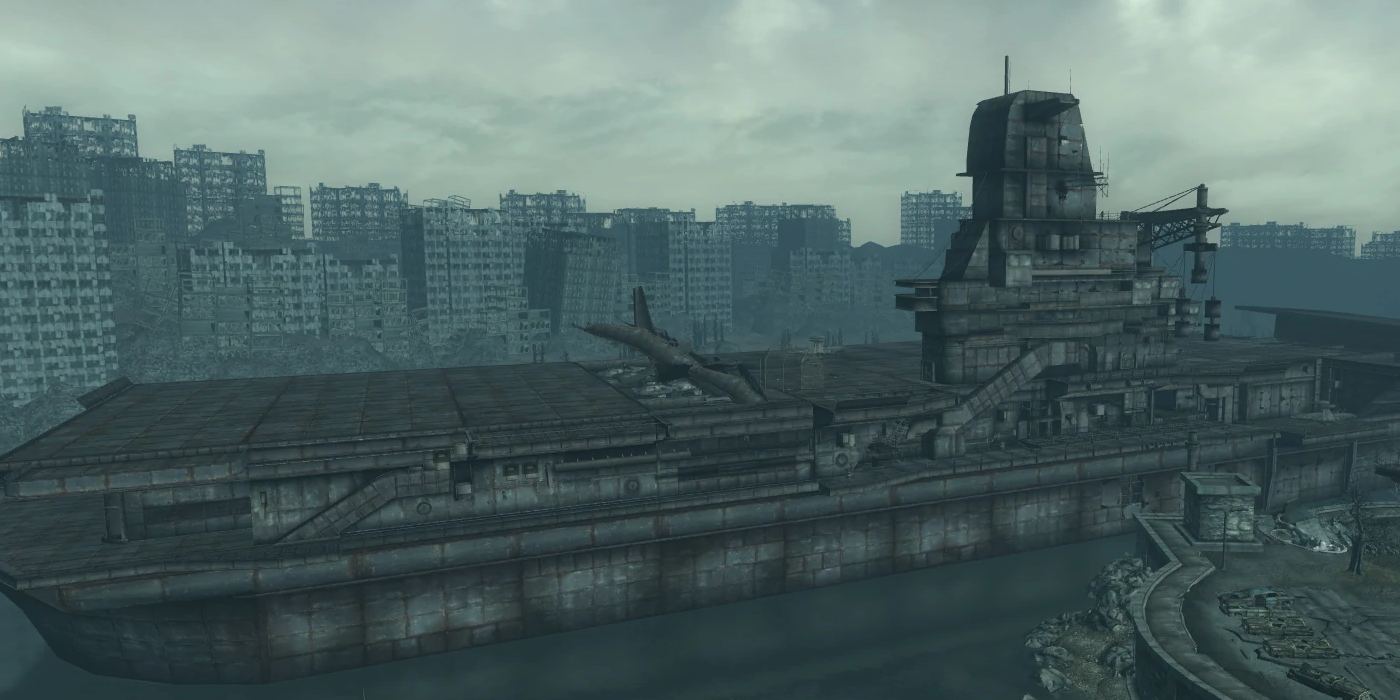
Megaton is frontloaded because quite frankly, there’s not a lot of the Capital Wasteland to explore. None of the other locales are anywhere as fascinating as Megaton, which makes exploration on a replay disappointing. Even interesting abodes like Little Lamplight are quite boring aesthetically.
While it does sort of make sense from a lore perspective, it certainly doesn’t help on a replay. It’s fine to have miles of wasteland, but those little spots of civilization need to be immediately memorable. Unfortunately, Fallout 3 doesn’t quite reach its peaks in the main game, though the DLC does fix some of these problems with new locations.
The Gameplay Is Simplified
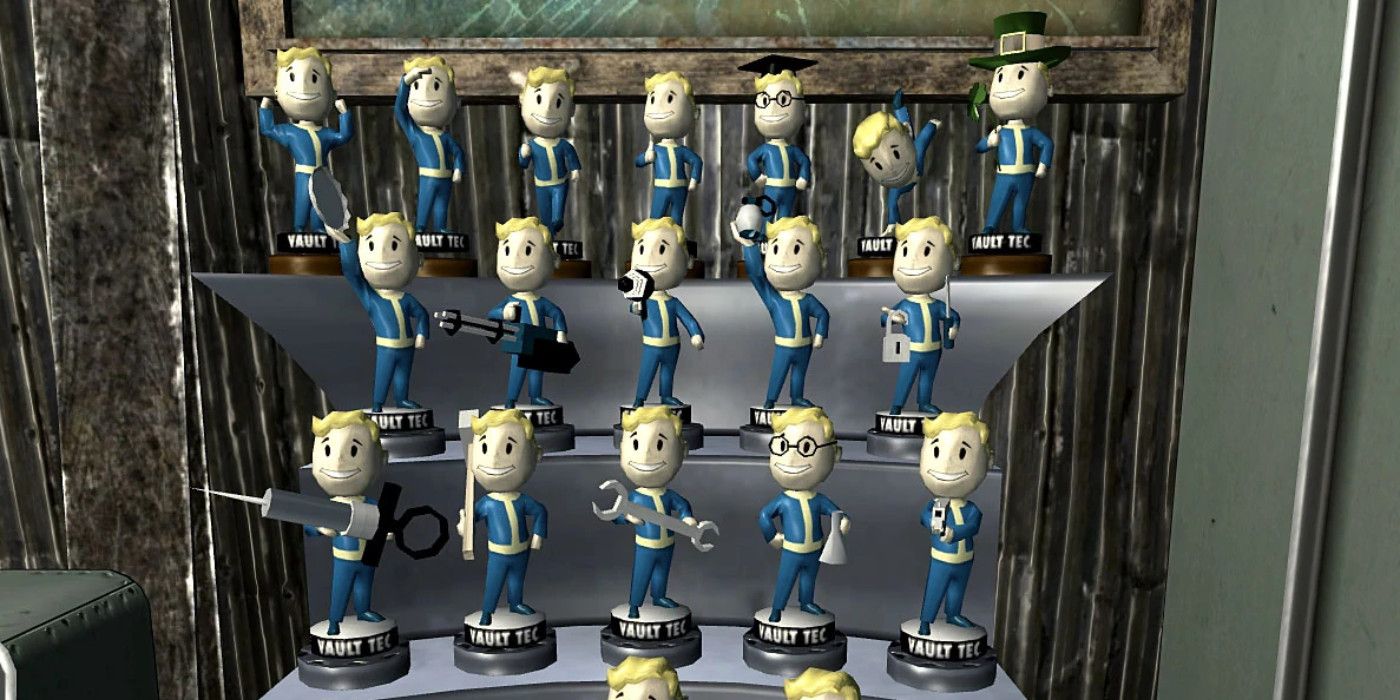
Fallout 1 and 2 were beloved thanks to their complex gameplay and social scenarios. Statistics and player choices made a real impact on the world around them. Not to mention, the tactical aspects were a fun plus that rewarded creative character builds in how they wanted to deal with things.
The involvement of Bethesda led to much of the franchise’s staples being simplified and streamlined for a modern audience. While it does make it more accessible, it also sacrificed a lot of what made the first two games so memorable and fun. It also makes the best quests rely more on narrative rather than gameplay to be interesting.
Bland Color Palette
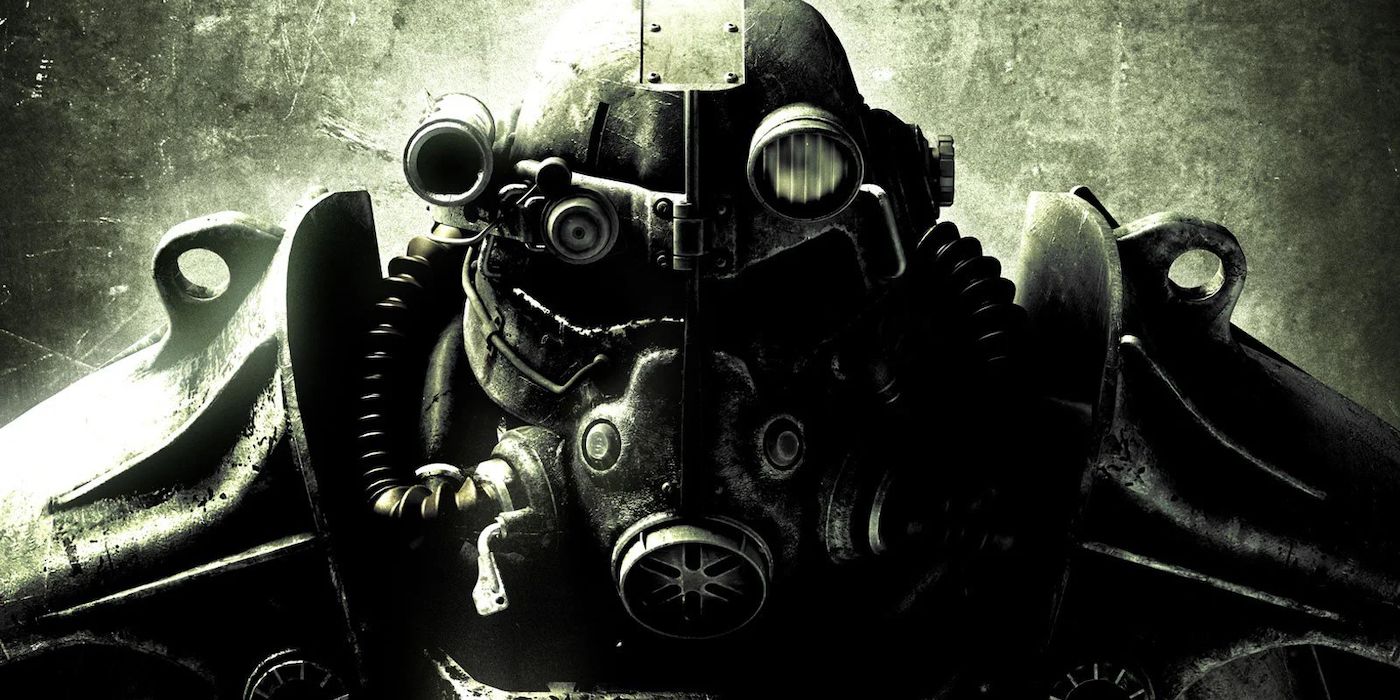
While the Capital Wasteland is by no means lacking in detail or grandiosity, the rather sickly green tinge that permeates the world masks a lot of the natural beauty. Yes, it’s a stylistic choice, but even real-world locations destroyed by war still have colors past beige and green.
On replays, this makes walking through the Capital Wasteland a bit of a chore without mods. It may be subjective. However, there’s a reason why aesthetic mods are the first things installed by new modders right after all the patches and quality-of-life fixes. It’s practically a meme for Bethesda at this point.
The Ending Was Just Bad
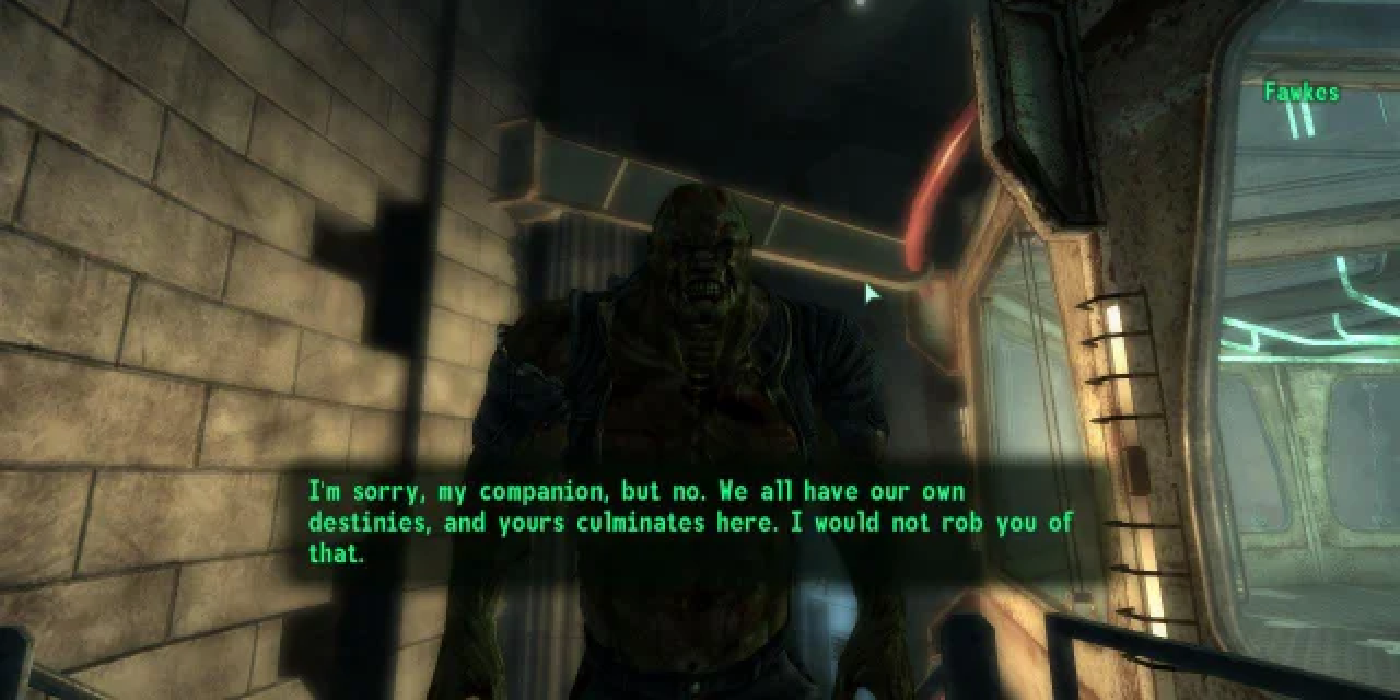
The ending of Fallout 3 when it was initially released was met with many criticisms from fans due to its completely nonsensical nature. To ensure that the water in the Capital Wasteland becomes truly free of radiation, either the player or Lyons must sacrifice themselves to the fatal radiation levels of activating the purifier.
If the player was alone, this would be one thing. However, when radiation-immune characters such as Fawkes, Sergeant RL-3, and Charon accompany the player, they seemingly break the character to force the player’s “hero moment”. Fawkes becomes a coward while RL-3 and Charon inexplicably break their programming to defy the player. It’s incredibly tone-deaf and sends a weird message about senseless sacrifice. Broken Steel completely backtracking this says a lot about how poorly written the original ending was, but that’s another bag of lasers.
One-Dimensional Characters
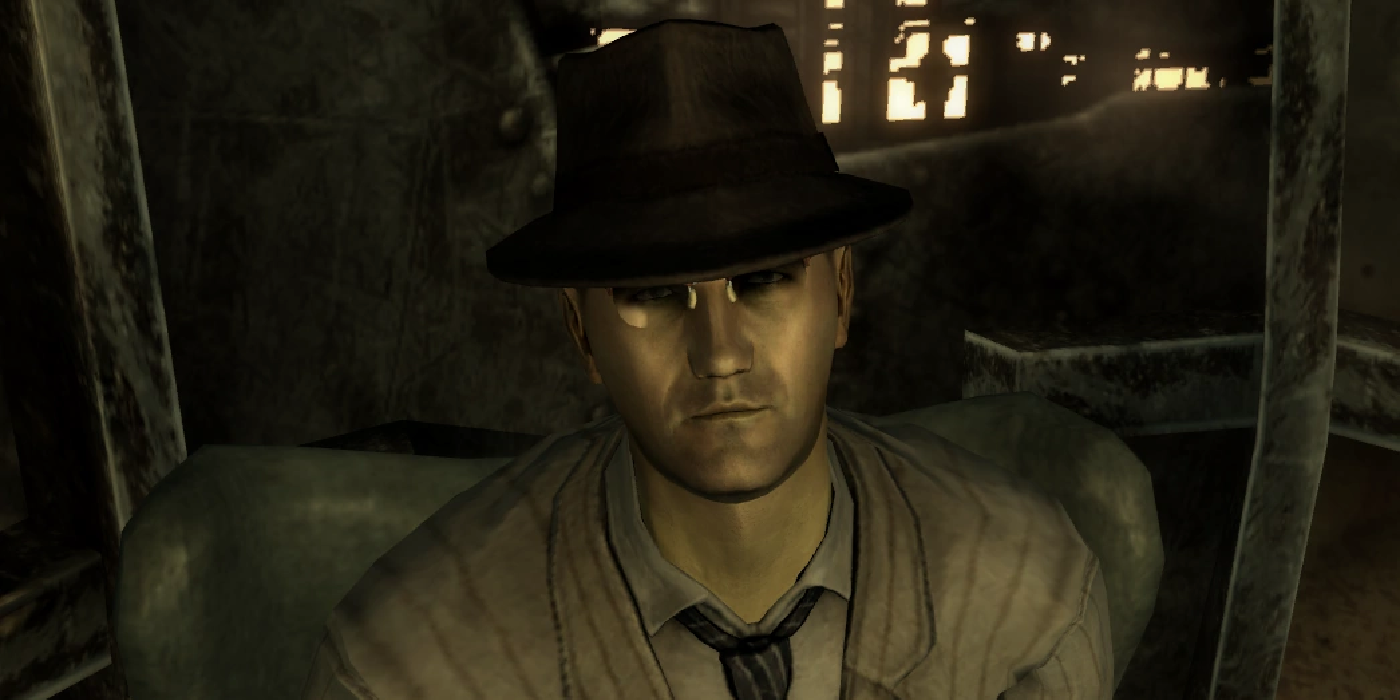
There are not a lot of nuances as far as character depth goes in the game. Compared to The Master in Fallout, a villain whose goals are altruistic despite his immoral actions to get there, John Henry Eden is unequivocally just an evil villain. Not to mention, the Brotherhood of Steel, once an isolationist cult of xenophobic tech raiders, suddenly become saviors of the Wasteland.
There’s no real depth towards any of the factions other than “good” and “bad”. Their motivations as a result feel incredibly simplistic. Outside of the main story, quests such as the one about blowing up Megaton are so ludicrously evil that the horrifying nature of the act becomes unintentional black comedy. Especially when it’s revealed the cost of nuking an entire community is a measly 1000 caps.
The Butchering Of The Brotherhood
.png)
To elaborate on the point of the Brotherhood of Steel, their sudden role as heroes just reek of marketability and appeasement. The Brotherhood of Steel was a toxic presence on the wasteland, being an isolationist cult of zealots who stole technology from the “undeserving”. The sudden introduction of a “good” sect without any sort of nuance is jarring for longtime fans.
Even without the context of the earlier games, it’s still unbelievable that a post-apocalyptic group such as the Brotherhood of Steel would be composed of mostly decent people as opposed to being a diverse faction with tons of in-fighting. There’s simply not much to sink one’s teeth into.
Black And White Morality
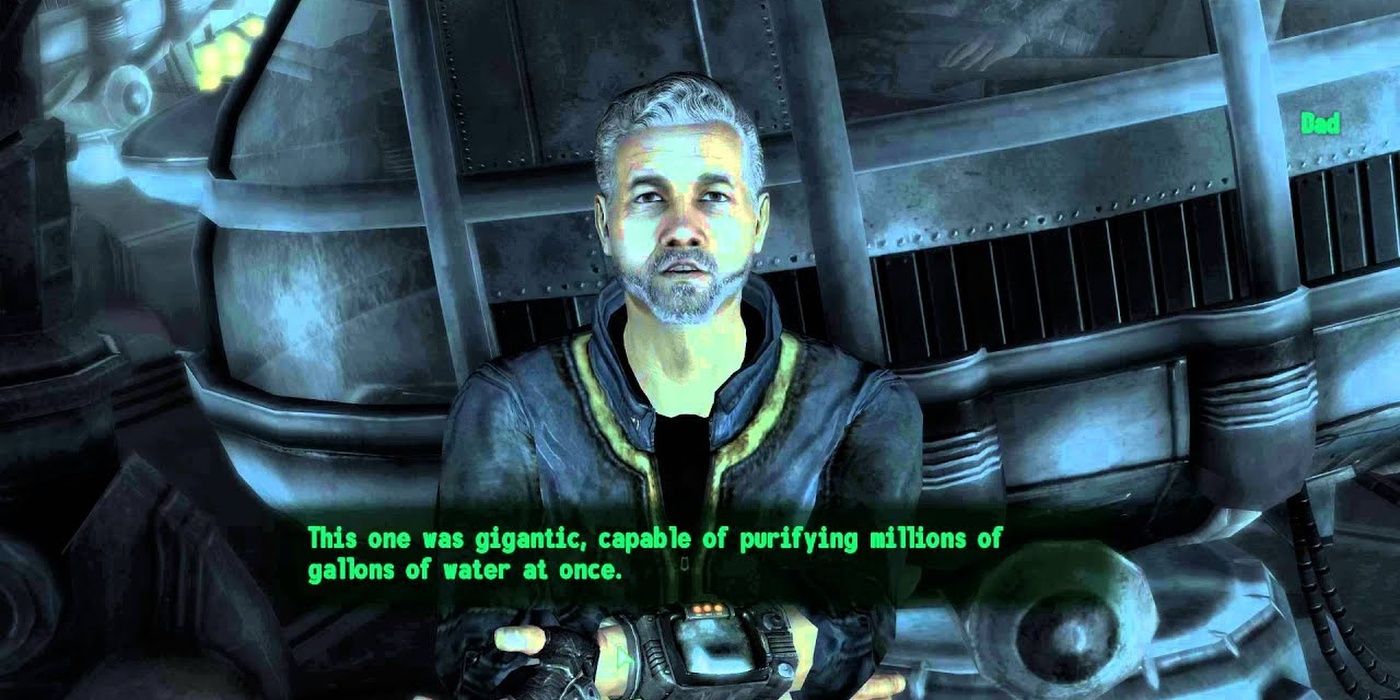
It would be one thing if the “rewards” for going the evil route are actually given incredible rewards (or consequences) to give the player an actual reason past “I’m so evil”. However, going for morally just choices almost always gives better rewards. Add to that the completely flavorless Regulators and Talon Company mercs, and Karma is a disappointing system.
This extends to the moment-to-moment commentary of Three Dog as well. Rather an absurd commentary that starts calling the player either a Messiah or the devil himself put in blatant terms just how simplistic the morals have become in this new entry. This is a problem that really sets Fallout 3 back compared to games past or since.
Source:gamerant.com
